Scandinavian design has established itself as a major trend in the world of interior decoration. Its sleek elegance, ingenious functionality, and minimalist aesthetic make it a popular choice for many decor enthusiasts. In this article, we'll dive into the reasons that have made Scandinavian design a staple and why so many people choose this style to create welcoming and aesthetically pleasing living spaces. Discover the distinctive features and benefits of this style that transcends geographical boundaries to appeal to design enthusiasts around the world.
 Find some Scandinavian concepts in our collection of sofas
Find some Scandinavian concepts in our collection of sofas
The Main Characteristics of Scandinavian Design
Scandinavian design is distinguished by its fundamental characteristics that make it a unique and appreciated style. Minimalism takes center stage, emphasizing the idea that less is more. This approach is reflected in the simplicity of lines and shapes, creating clean and uncluttered spaces.
Functionality is another key feature of Scandinavian design. Each element of furniture or accessory is designed to fulfill a specific function, while maintaining an aesthetic appearance. Multifunctional furniture is often preferred to optimize space.
The influence of nature runs deep in Scandinavian design. Inspired by Nordic landscapes, this style incorporates natural elements such as raw wood, organic textures and patterns inspired by flora and fauna. This connection to nature creates a soothing and harmonious atmosphere in interiors.
Lighting plays a vital role in Scandinavian design. With long, dark winters, Scandinavians have developed expertise in creating soft, warm light. The light fixtures are carefully chosen to diffuse a pleasant light, and the windows are unobstructed to maximize the entry of natural light.
Also, the use of light and neutral colors is another mainstay of Scandinavian design. White, gray and beige tones dominate, creating a light and airy ambiance. These hues are often paired with soft color accents, reminiscent of the color palette of Scandinavian nature.
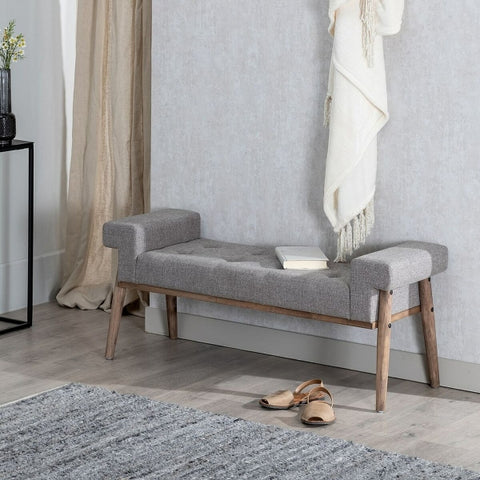
The Historical and Cultural Origin of Scandinavian Design
Let's dive into the rich and cultural origins of Scandinavian design, a style that has its roots in Nordic countries such as Sweden, Norway, Denmark and Finland. To fully understand this movement, it is essential to take into account the historical and cultural context in which it emerged.
The influence of the climate and lifestyle of these regions played a significant role in shaping Scandinavian design. The long, harsh winters prompted residents to create warm and inviting interiors. This necessity gave rise to the emphasis on comfort, functionality and the use of natural materials such as wood and wool.
Nordic culture, which focuses on simplicity, sustainability and harmony with nature, has also shaped Scandinavian design. Scandinavians place great importance on the balance between aesthetics and utility, and this is reflected in the form and function of their designs.
Iconic figures of Scandinavian design, such as Arne Jacobsen, Alvar Aalto and Hans J. Wegner, contributed significantly to the evolution of the movement. Their innovative and timeless designs have left a lasting mark on the Scandinavian design aesthetic. Their pieces, characterized by their elegant simplicity and functionality, helped popularize this style globally.
By exploring the history and culture behind Scandinavian design, we are able to capture the full depth and meaning of this movement, further enhancing its appeal in contemporary interior design.
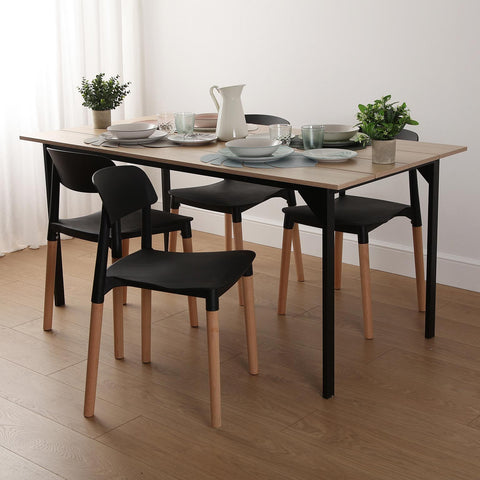
Scandinavian Design: Adaptability and Versatility
Let's dive into the extraordinary adaptability and versatility of Scandinavian design, a feature that has greatly contributed to its worldwide popularity. This style is renowned for its ability to fit seamlessly into a multitude of spaces, whether it's contemporary urban apartments, quaint country homes or professional work environments.
One of the major reasons for this adaptability is the inherent neutrality and simplicity of Scandinavian design. Clean lines, simple geometric shapes, and soft color palettes provide the perfect backdrop for different moods and decorating styles. Whether you prefer a minimalist, industrial, rustic or even eclectic interior, Scandinavian design can adapt with ease while maintaining its own identity.
Another factor that contributes to the versatility of Scandinavian design is its ability to appeal to a variety of tastes and preferences. Lovers of minimalism will be attracted by the sobriety of this style, while lovers of comfort and elegance will appreciate its warm aesthetics. This diversity of appeal makes it a preferred option for those who desire a welcoming and aesthetically pleasing interior, regardless of their predominant style.
Plus, Scandinavian design offers endless opportunities for customization. Whether adding personal touches through decorative items or incorporating specific design elements, this style allows individuals to create a space that reflects their own identity while maintaining the essence of Scandinavian design.
In sum, the adaptability and versatility of Scandinavian design make it a solid choice for those looking for a timeless and functional style, while having the freedom to customize their space according to their individual preferences.
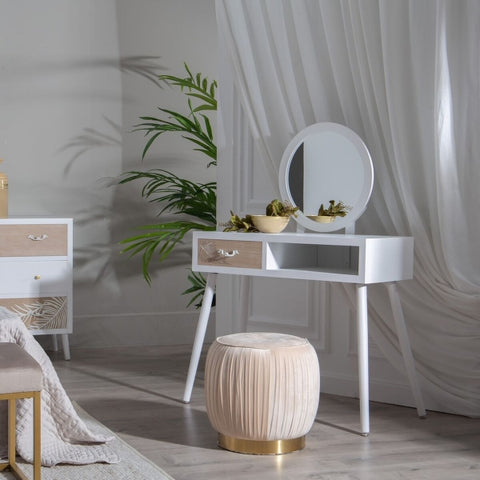
Create a Welcoming Atmosphere with Scandinavian Design
Immerse yourself in the art of creating a welcoming and friendly atmosphere thanks to Scandinavian design, an approach that favors warmth without sacrificing simplicity and functionality. One of the most appreciated characteristics of this style is its ability to create a warm atmosphere that invites relaxation and conviviality.
The secret of this atmosphere lies in the judicious use of soft and comfortable textiles. Soft cushions, cozy rugs and knitted blankets are key elements that provide a sense of visual and tactile warmth. Adding these textiles to the space creates a visual and physical invitation to sit back, relax and enjoy good times.
Textures also play a vital role in creating a welcoming atmosphere. Scandinavian design takes advantage of natural materials such as wood, wool and linen to add an organic and authentic touch to the interior. These materials provide a tactile quality that blends harmoniously with the soft color palette and simple lines of Scandinavian design.
Another way Scandinavian design creates a cozy atmosphere is through the subtle art of decorating. Decorative elements are carefully chosen for their meaning and aesthetic impact. Shelves can accommodate ceramic vases, scented candles and crafts, while walls can be adorned with inspiring artwork. The art of decoration in Scandinavian design aims to balance sobriety with a touch of originality, thus creating a minimalist and warm atmosphere.
In conclusion, Scandinavian design excels in creating a welcoming ambience through the use of comfortable textiles, natural materials and thoughtful decoration. This approach makes it possible to obtain an interior that invites relaxation, sharing and conviviality, while maintaining the aesthetics specific to Scandinavian design.
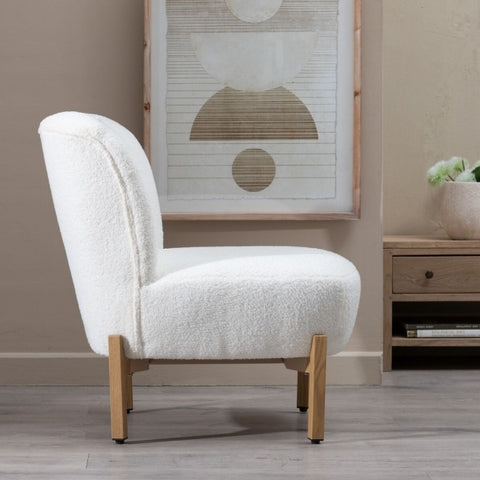
Positive Impact on Well-Being and Serenity
Immerse yourself in the profoundly positive impact of Scandinavian design on mental and emotional well-being. This style goes beyond mere aesthetics to create an environment that promotes serenity and inner calm, essential elements for a balanced and fulfilling life.
Harmony is at the heart of Scandinavian design, and this harmony has a direct effect on our well-being. Clean lines, soft colors and natural materials combine to create a calming aesthetic that encourages peace of mind. Spaces designed in the Scandinavian style are devoid of unnecessary clutter, which helps reduce visual stress and create an atmosphere of calm.
A key characteristic of Scandinavian design is the use of natural materials such as wood, wool and linen. These materials bring an organic dimension to the interior, recalling the beauty of nature. This connection with nature has a positive effect on our well-being, providing us with a constant visual reminder of the simplicity and harmony present in the natural world.
Scandinavian design also encourages relaxation through a carefully thought out layout. The spaces are designed for ease of circulation and functionality, which helps to create a convenient and stress-free environment. The thoughtful organization of furniture and objects, combined with the absence of superfluity, creates a feeling of balance and clarity that affects our well-being.
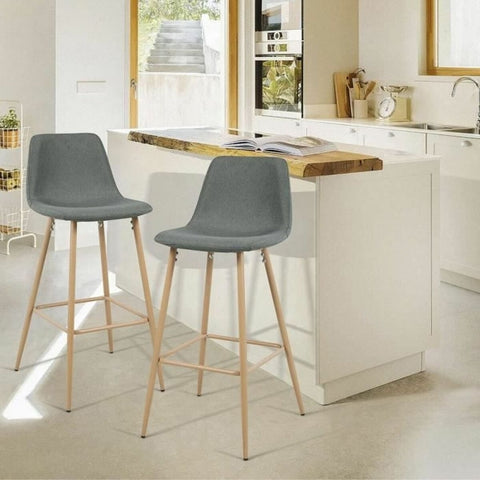
Reasons to Adopt Scandinavian Design
Taking this journey through the essentials of Scandinavian design, it's clear that its appeal goes far beyond its clean aesthetic and functional minimalism. This style embodies a philosophy that favors simplicity, harmony and well-being, creating an interior environment where each element contributes to a balanced life.
Scandinavian design finds its charm in its ability to combine aesthetics with functionality. Its clean lines, soft colors and natural materials are more than just decoration; they are an invitation to create spaces that meet practical needs while promoting a calming aesthetic.
As we wrap up this journey through Scandinavian design, I urge you to seriously consider adopting this style for your home decor. The positive effect on your well-being, the connection with nature and the serene atmosphere created by this style are just some of the many reasons to adopt it.
Take the time to explore the multiple benefits of Scandinavian design for your living space. Let yourself be inspired by its core values, its soothing color palette and its positive impact on your daily life. By embracing Scandinavian design, you create an interior that reflects both your personal style and your quest for balance, functionality and timeless beauty.
The Furniture Trends team.

